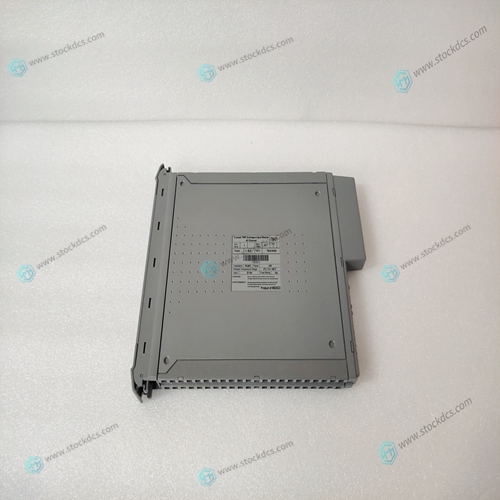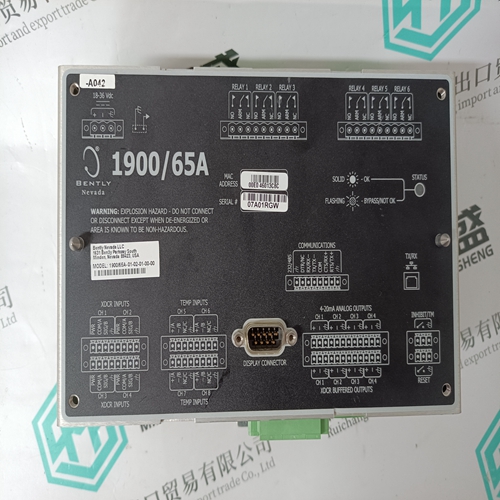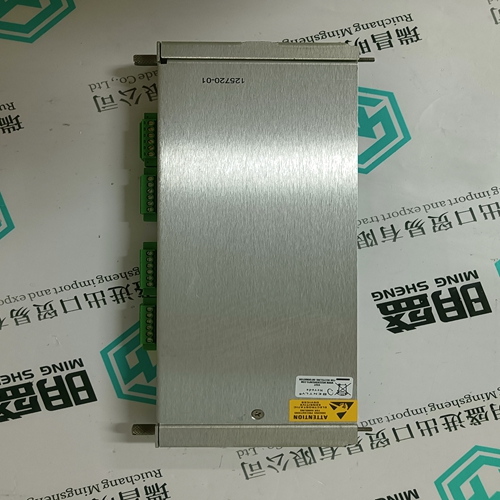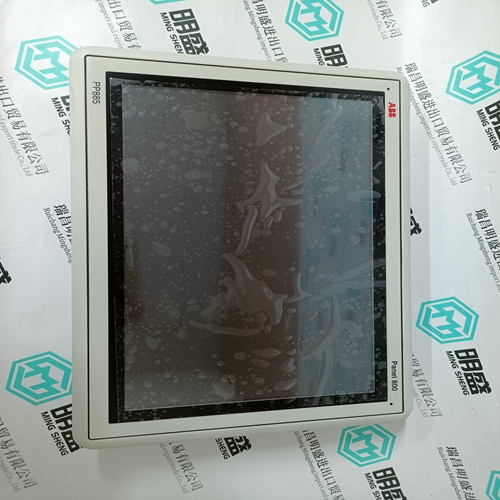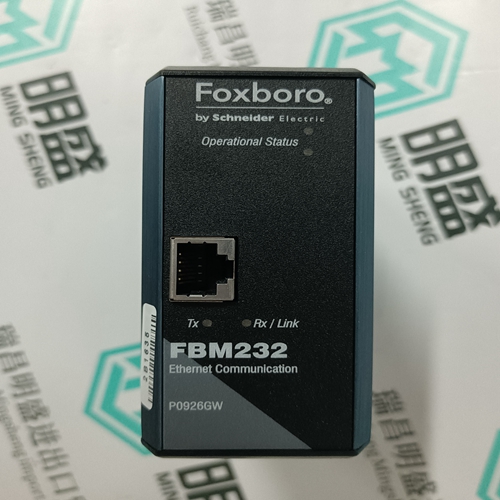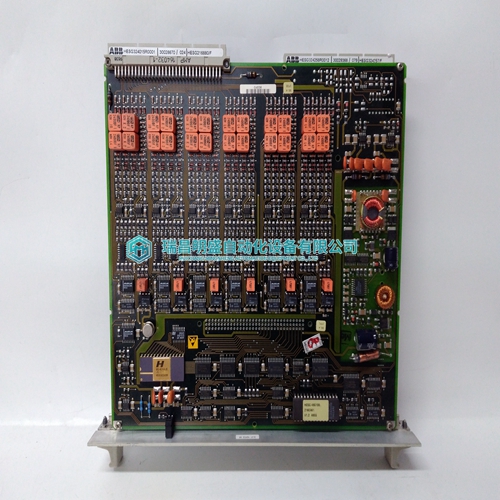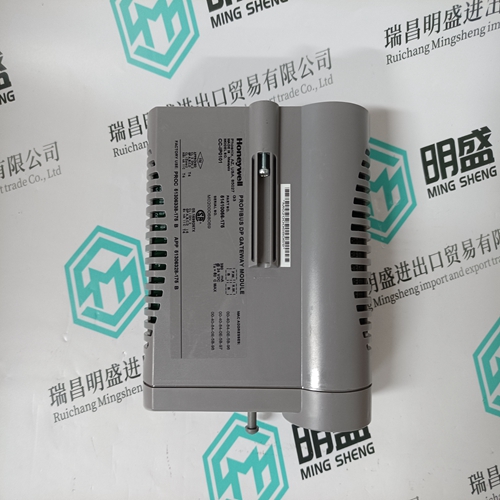Home > Product > PLC programmable module > ICS TRIPLEX T8223 Drive input module
ICS TRIPLEX T8223 Drive input module
- Product ID: T8223
- Brand: ICS TRIPLEX
- Place of origin: The United States
- Goods status: new/used
- Delivery date: stock
- The quality assurance period: 365 days
- Phone/WhatsApp/WeChat:+86 15270269218
- Email:xiamen2018@foxmail.com
- Tags:ICS TRIPLEXT8223Drive input module
- Get the latest price:Click to consult
ICS TRIPLEX T8223 Drive input module
The "control" capability of the Network Boot Control Module ties together all the modules (capabilities) and determines the booting sequence. The booting sequence has two phases: the first, labeled "address determination and bootfile selection", uses RARP/BOOTP and the second, labeled "file transfer", uses TFTP. Network I/O Error Codes 16XBug returns an error code if an attempted network operation is unsuccessful. Refer to Appendix H for an explanation of network I/O error codes The MVME16X dual-port RAM feature makes the shared RAM available to remote processors as well as to the local processor. You can access it by either the MPCR or GCSR method, which are described in the next subsections. Either method can be enabled or disabled by the ENV command as its Remote Start Switch Method.
Multiprocessor Control Register (MPCR)
Method A remote processor can initiate program execution in the local MVME16X dual-port RAM by issuing a remote GO command using the Multiprocessor Control Register (MPCR). The MPCR, located at shared RAM location of $800 offset from the base address the debugger loads it at, contains one of two longwords used to control communication between processors.The MPCR contains $00 at power-up, indicating that initialization is not yet complete. As the initialization proceeds, the execution path comes to the "prompt" routine. Before sending the prompt, this routine places an R in the MPCR to indicate that initialization is complete. Then the prompt is sent. If no terminal is connected to the port, the MPCR is still polled to see whether an external processor requires control to be passed to the dual-port RAM. If a terminal does respond, the MPCR is polled for the same purpose while the serial port is being polled for user input
An ASCII G placed in the MPCR
by a remote processor requests a Go Direct type of transfer; an ASCII B indicates that breakpoints are to be armed before control is transferred (like the GO command). In either sequence, an E is placed in the MPCR to indicate that execution is underway just before control is passed to RAM. (Any remote processor could examine the MPCR contents.) If the code being executed in dual-port RAM is to reenter the debug monitor, a TRAP #15 call using function $0063 (SYSCALL .RETURN) returns control to the monitor with a new display prompt. Note that every time the debug monitor returns to the prompt, an R is moved into the MPCR to indicate that control can be transferred once again to a specified RAM location.






Application industry
Our main products are widely used in metallurgy, oil and gas, glass manufacturing, aluminum, petrochemical, coal mine, paper making and printing, textile printing and dyeing, machinery, electronic manufacturing, automobile manufacturing, tobacco, plastic machinery, electricity, water conservancy, water treatment/environmental protection, municipal engineering, boiler heating, energy, power transmission and distribution, etc.
Superior products
We mainly make spare parts for DCS, PLC, robot control system and large servo system.
Main products: various modules/cards, controllers, touch screens, servo drives.
Advantages: professional off production accessories,
Fast delivery, accurate delivery time,
Main brands include ABB, GE/FANC, FOXBORO, TRICONEX, BENTLY NEVADA, A-B, EMERSON, OVATION, MOTOROLA, XYVOM, HONEYWELL, REXROTH, KUKA, NI, DEIF, Reliance Electric, Yokogawa, WOODWARD, SCHNEIDER, MOOG, PROSOFT and other brands
